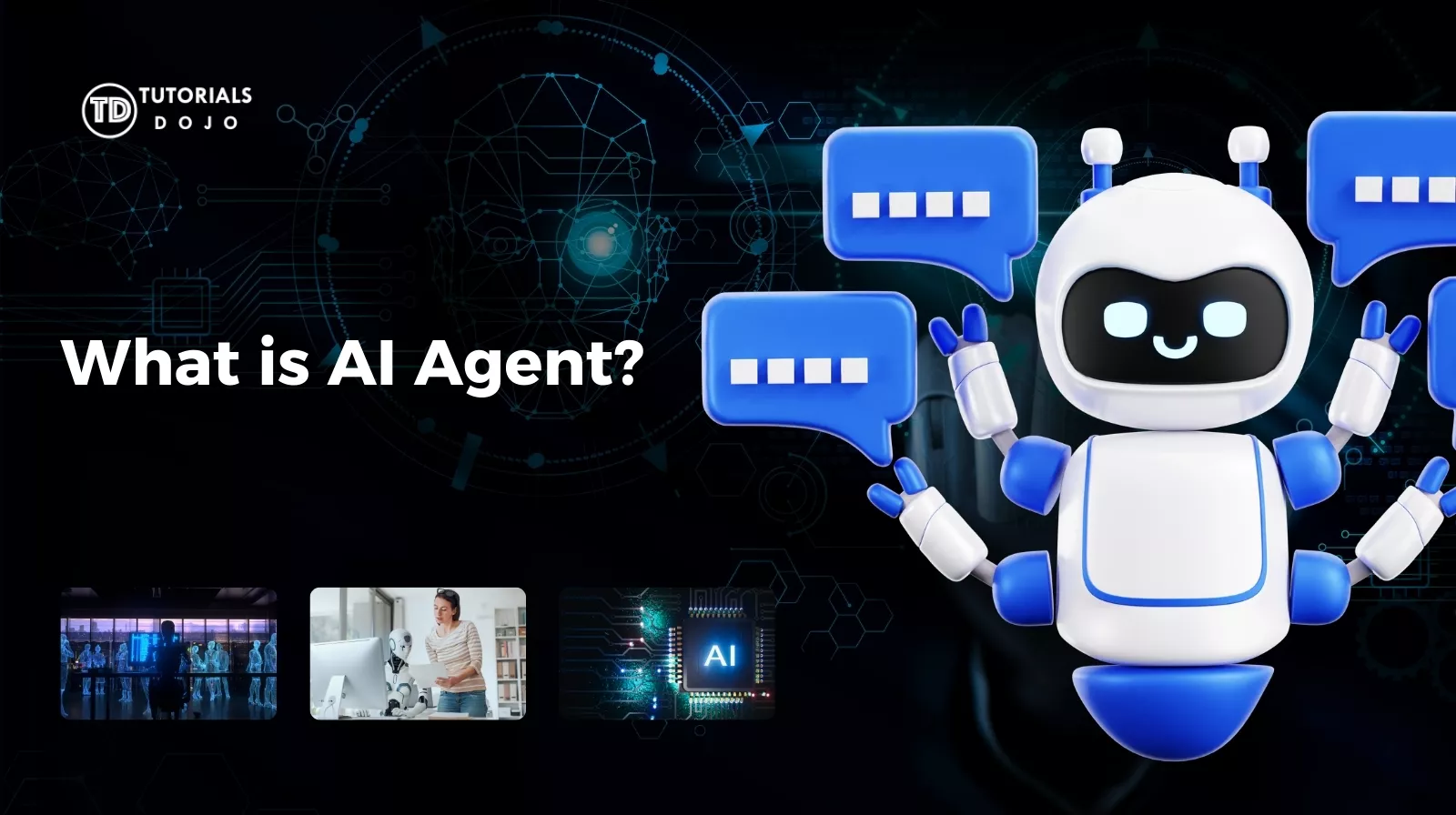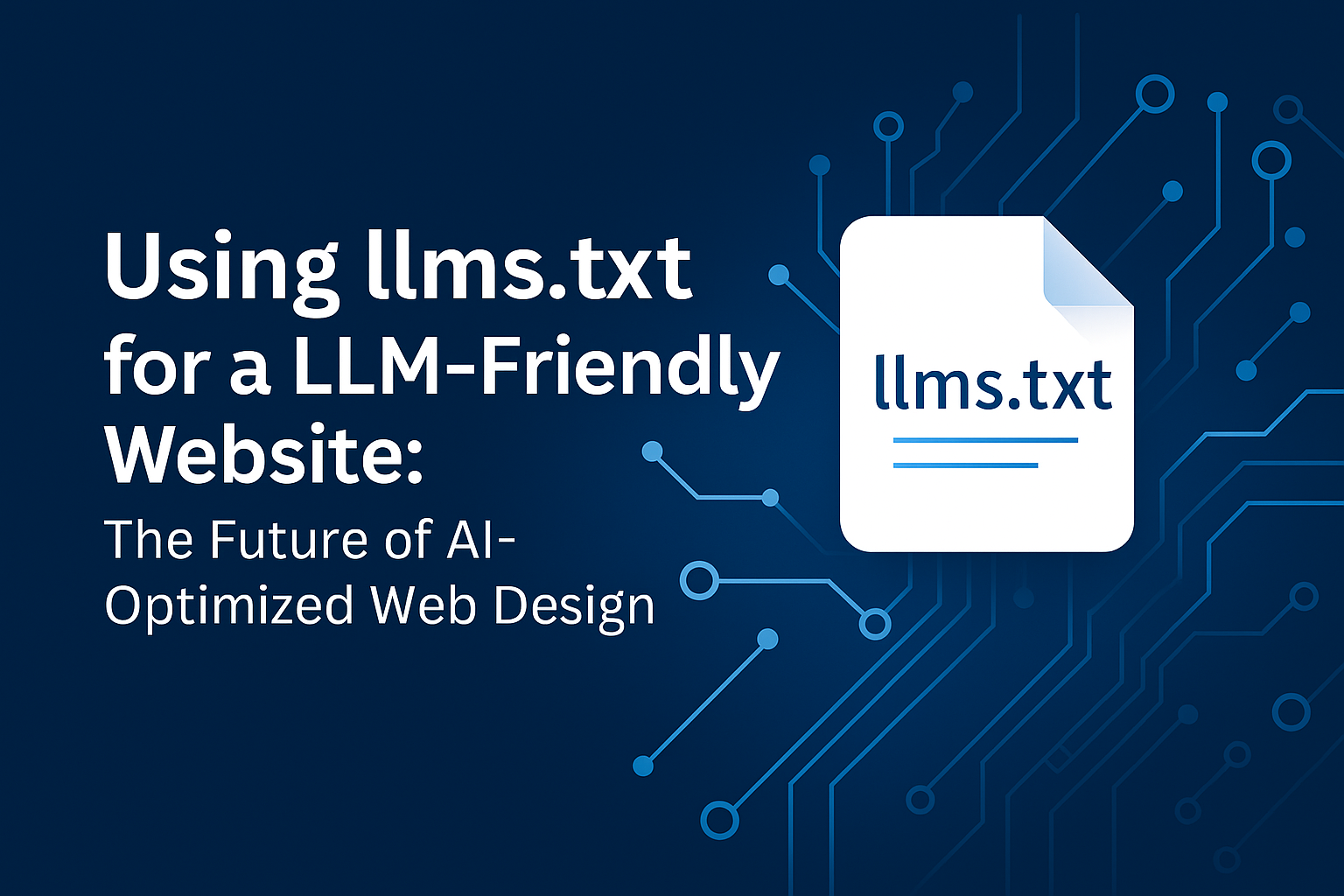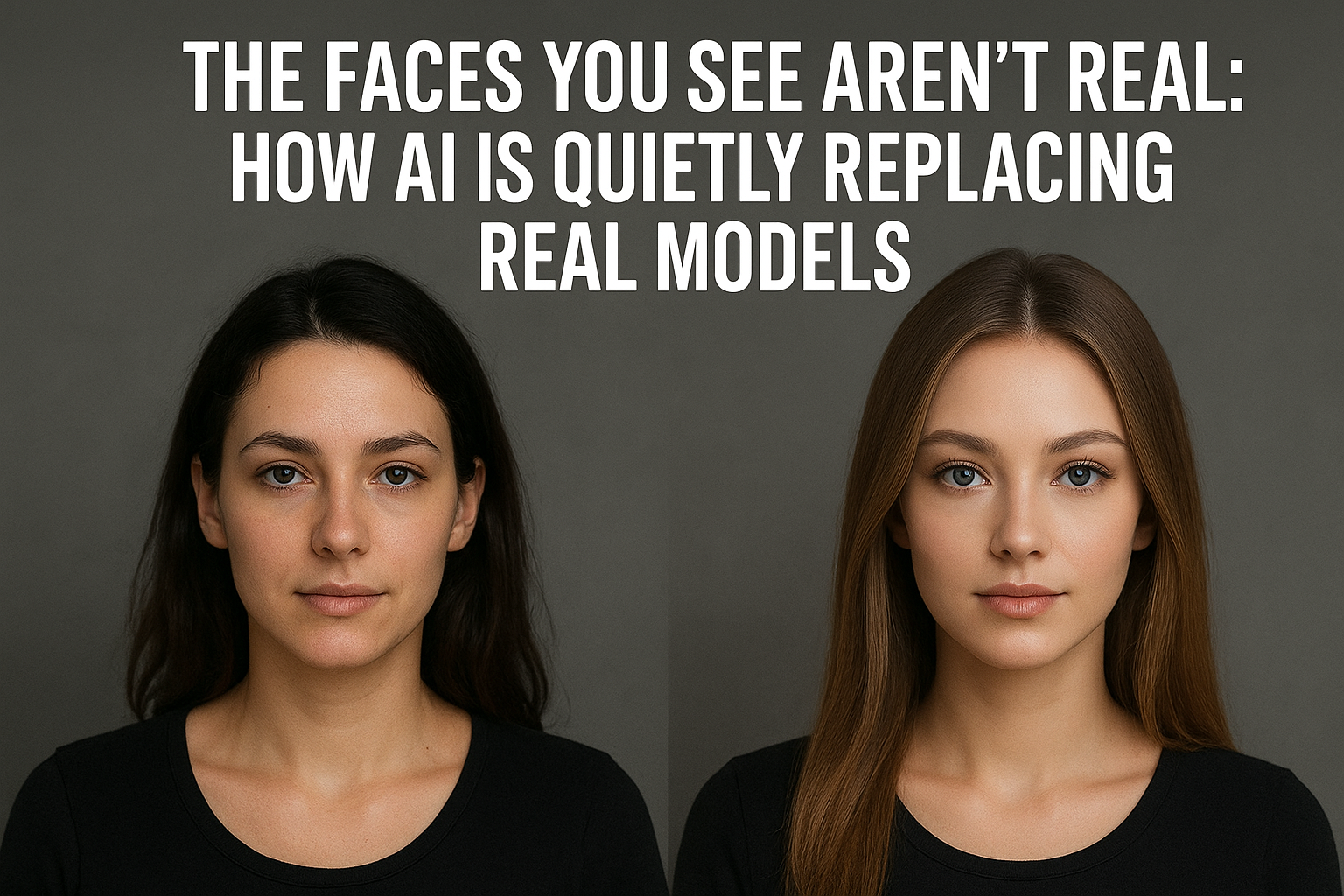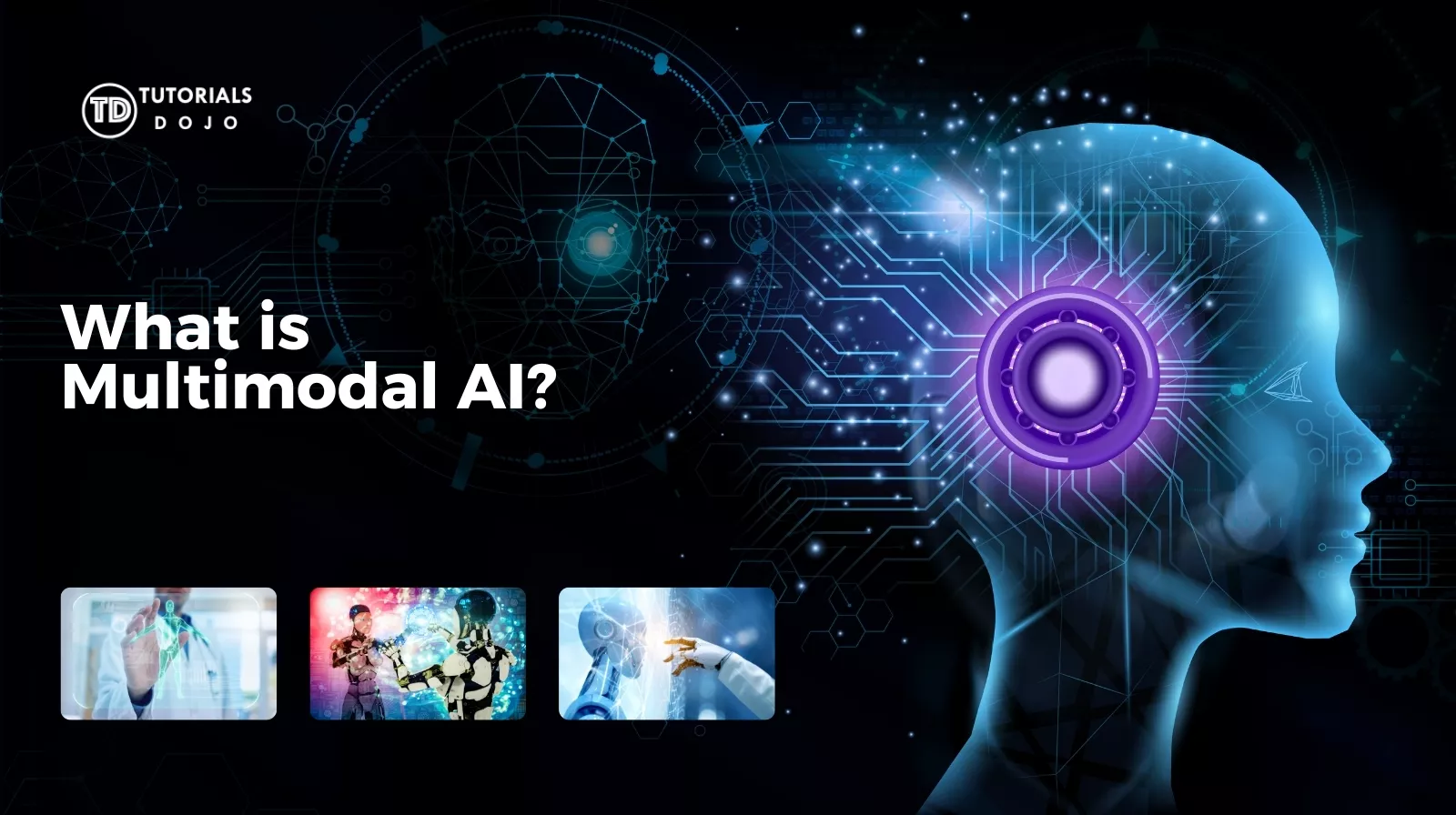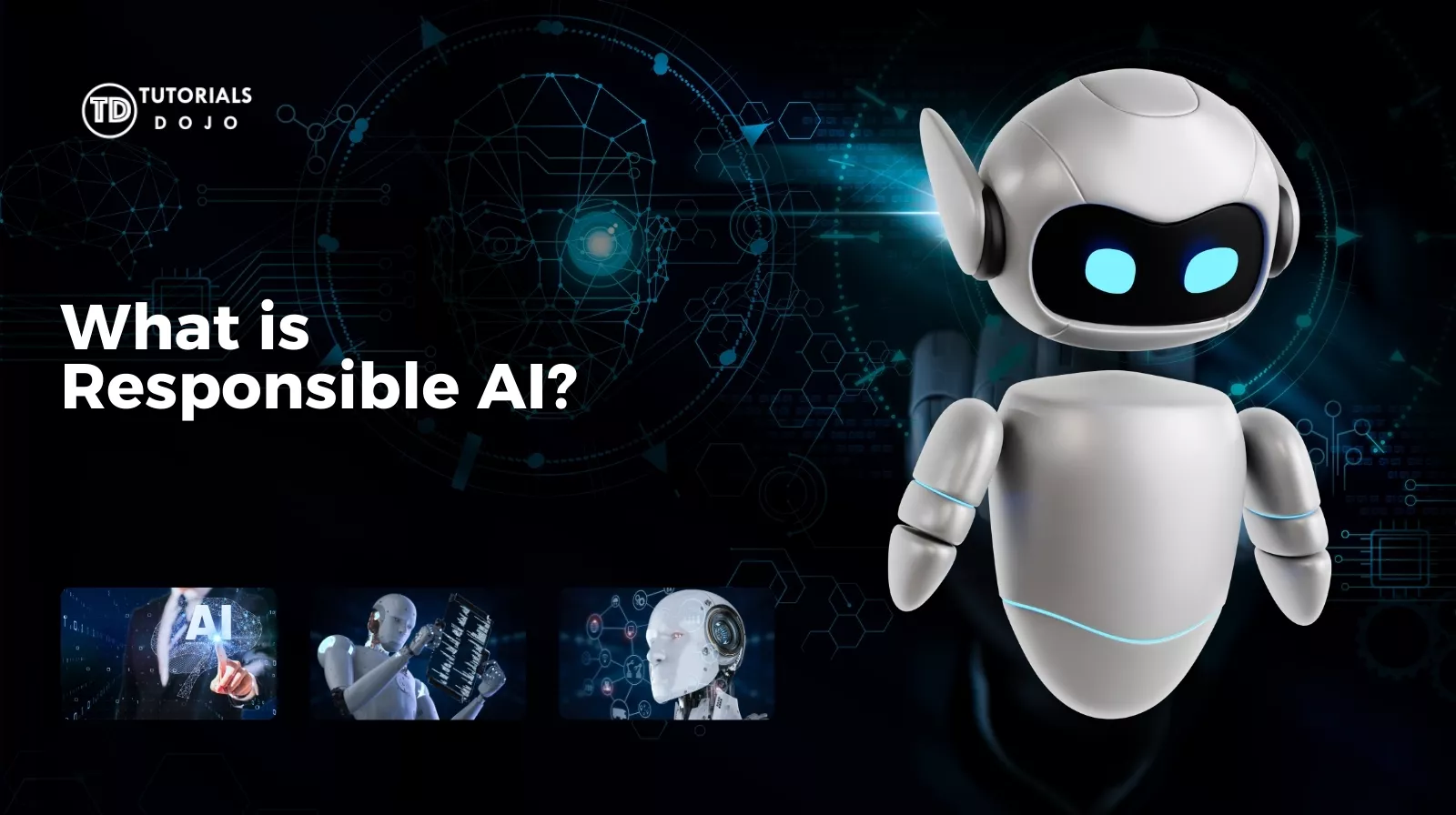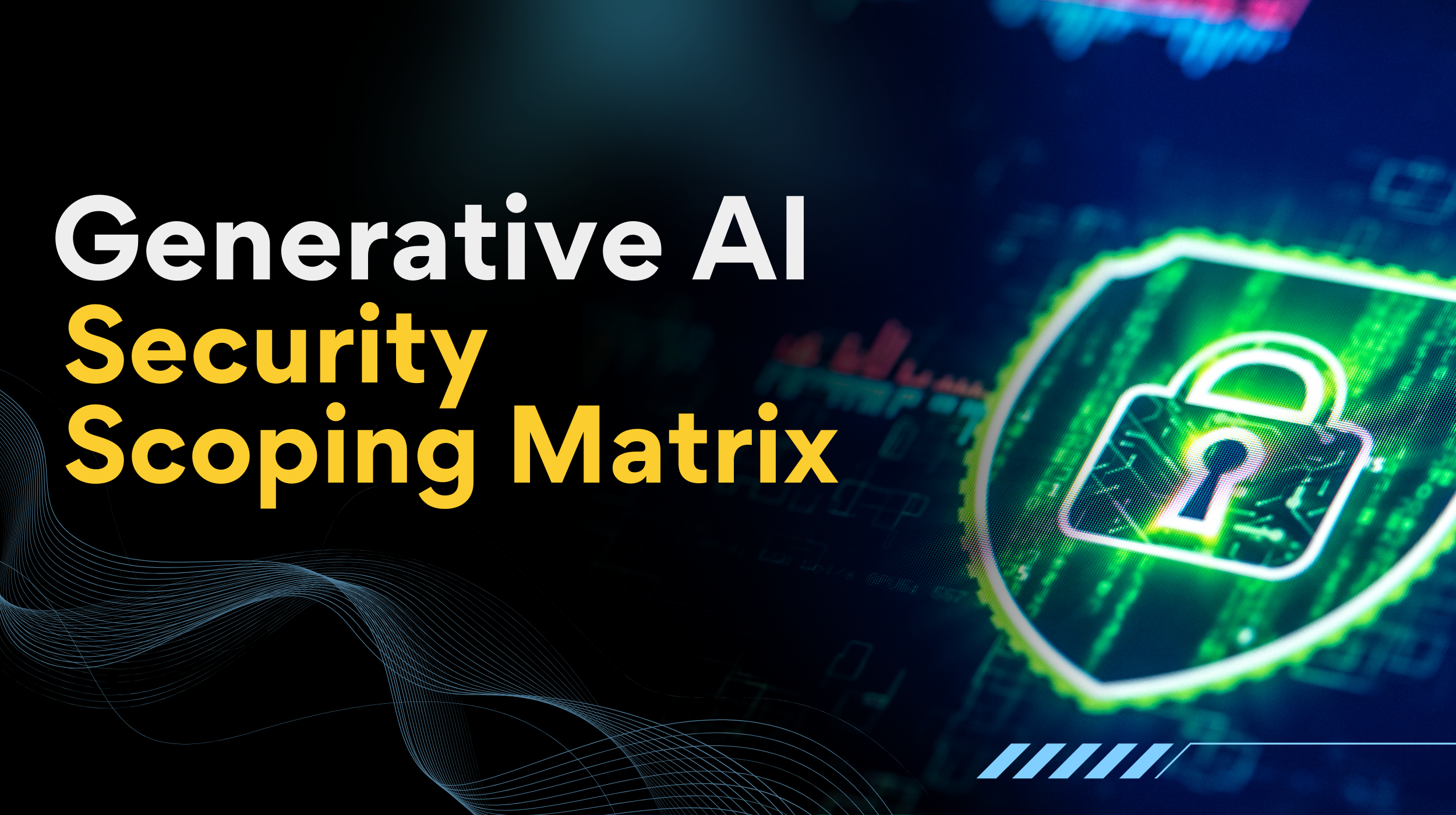What is an AI Agent?
Ace Kenneth Batacandulo2025-09-19T13:01:29+00:00AI agents are autonomous systems that perform tasks, make decisions, and interact with their environment with minimal human intervention. These agents can handle complex processes across various industries by leveraging advanced machine learning and artificial intelligence techniques. Here’s a comprehensive guide to understanding AI agents, their components, types, and applications. Core Components: Perception: Collects data from the environment using sensors or input channels. Reasoning: Analyzes the gathered data to make informed decisions or predictions. Action: Executes actions or tasks based on the reasoning process. Learning: Improves performance over time by learning from previous experiences. Memory: Retains data to provide continuity [...]

